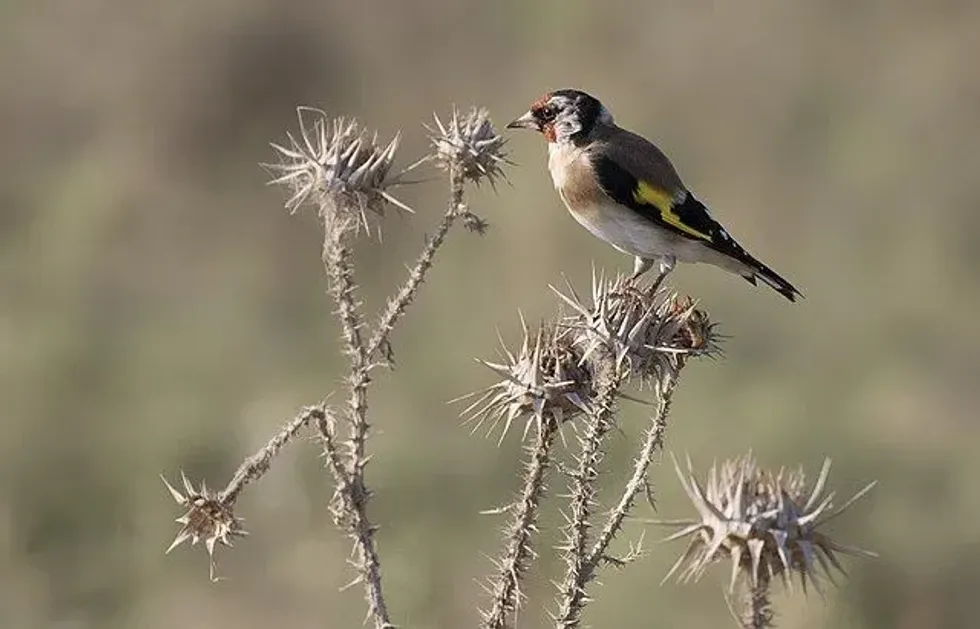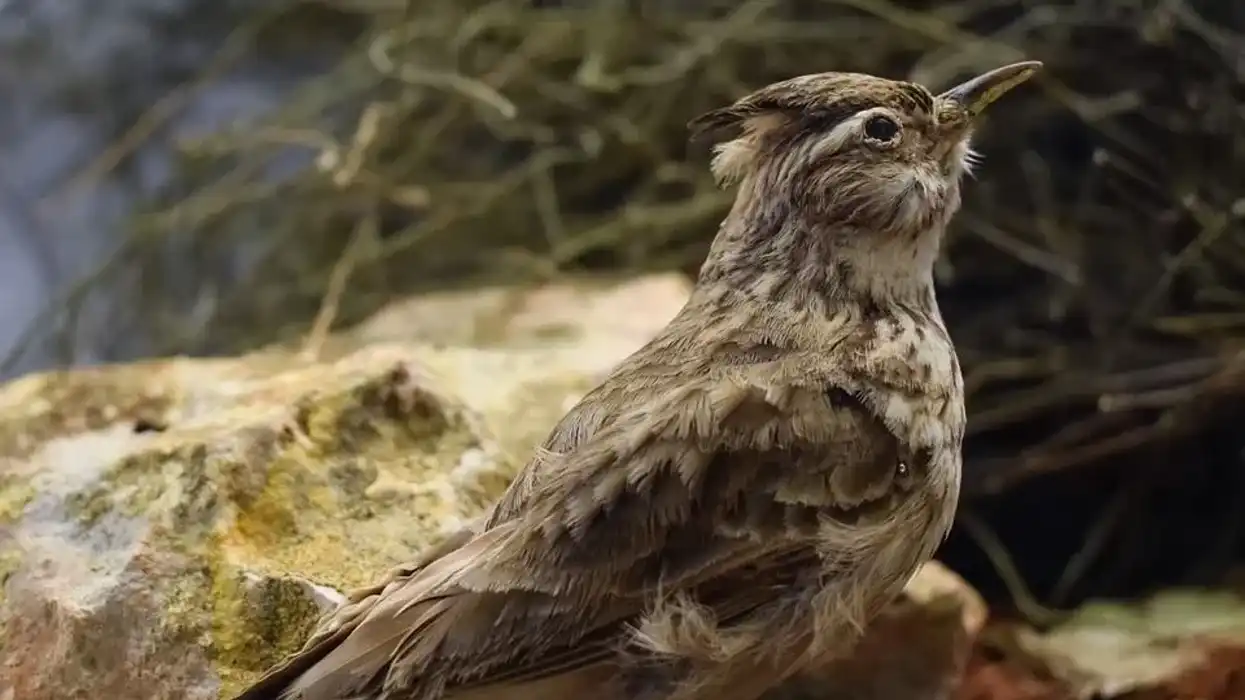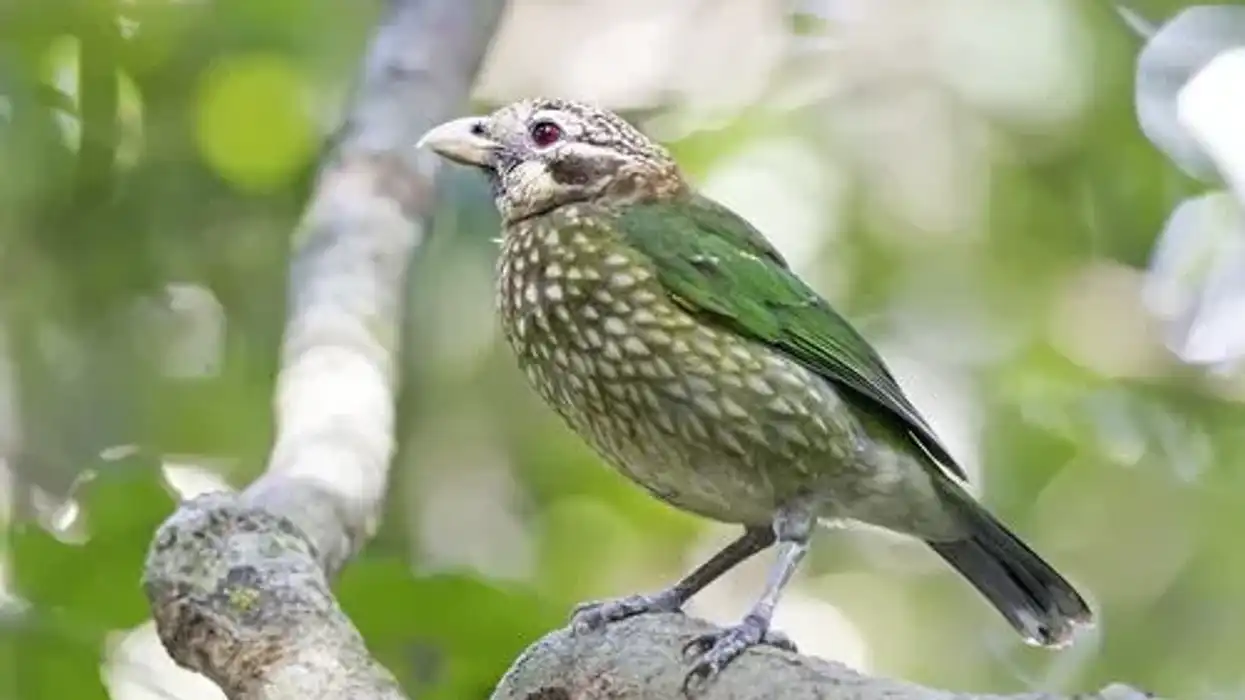The European goldfinch (Carduelis carduelis) is a small songbird that belongs to the Fringillidae family and of the order Passeriformes. It resides in the scattered grasslands, marshes, and beautiful parks of Europe, North Africa, and Central and Western Asia.
A few countries that have adopted them are Australia, New Zealand, and Uruguay. The population of this species is quite stable and does not have any immediate threats.
People can easily spot these colorful birds in their gardens with unique features. A European goldfinch has a red face and the head is white on both ends along with a black patch on the top.
It has a light brown body with white patches on the breast and a combination of black and yellow wings. Carduelis primarily feed on small thistle and teasel seeds and sometimes on buds, plant fruits, and flowers in an upside-down manner. The younger ones enjoy feeding on insects.
European goldfinches are often bred as pets because of their vibrant color and soulful voice. Read on to know more interesting things about the European goldfinch.
If you liked reading about this bird, you may also like scrub jays and verdins.
European Goldfinch Interesting Facts
What type of animal is a European Goldfinch?
The European goldfinch is a type of bird belonging to the Fringillidae family.
What class of animal does a European Goldfinch belong to?
The class of animal where this species belongs is Aves.
How many European Goldfinches are there in the world?
According to the data, these birds are not that rare, with a current world population of around 101-155 million mature birds.
Where does a European Goldfinch live?
These species are primarily found in the grasslands and forest edges of Europe, North Africa, and Central and Western Asia. Nowadays, these beautiful songbirds are also adopted and bred in Australia, New Zealand, Uruguay, and the United States.
What is a European Goldfinch's habitat?
These birds usually prefer to stay near the human population in orchards, parks, farms, and the countryside. They are also found in scattered grassy areas, forest edges, and marshlands. These migratory birds spend most of their time in their native place, but during winter they migrate to warmer places in flocks.
Who do European Goldfinches live with?
These are delightful social birds who prefer to live in large groups to maintain a comfortable and healthy life. These birds are known to flock together in large numbers during migration in winter.
How long does a European Goldfinch live?
The European goldfinch (Carduelis carduelis) has an average lifespan of eight-12 years.
How do they reproduce?
The breeding season of these monogamous birds starts during the spring and they will try to raise at least two broods in any particular year. The adult male tries to attract his partner by stretching and displaying his vibrant yellow wings and swinging sideways.
The female usually builds the compact, cup-shaped nest on elevated tree branches all on her own. It is built with twigs, grass, moss, and wool in just a week.
After building the nest, the adult female lays up to seven eggs in just a couple of days. The eggs are constantly incubated for 11-13 days while the male feeds the female at the nest.
The chicks that are born are protected and fed insects and seeds by both the parents. They take their first flight 13-18 days after hatching but are usually dependent on their parents for food for another seven to nine days.
What is their conservation status?
The conservation status of the European Goldfinch (Carduelis carduelis) of the Fringillidae family is of Least Concern according to the IUCN (International Union of Conservation of Nature) Red List. Thousands of goldfinches were illegally captured and traded in various parts of Europe during the nineteenth century.
The Society for the Protection of Birds fought against this practice through many campaigns and protests.
European Goldfinch Fun Facts

What do European Goldfinches look like?
This bird is small to medium in size with the adults having a unique head pattern where white streaks run down the sides of the head and there is a black crown-like pattern on the top of the head. It has a red-colored face along with brown upperparts and white underparts.
The wings are black in color with bright yellow patches.
The only difference between the appearance of a male and female is that the males have a larger red-colored mask on their faces in comparison to the females. The young possess a brown-colored plain head but vibrant yellow wings.
How cute are they?
The European goldfinch (Carduelis carduelis) is quite cute with a striking yellow wing on both sides and a red face. They have a soulful voice which makes them quite aesthetically pleasing.
How do they communicate?
These songbirds engage in auditory communication through their melodious tweets and chirps. The European goldfinch song is very soulful and pleasing to the ears.
How big is a European Goldfinch?
Carduelis is a type of goldfinch which are small to medium-size. It is 4.7–5.1 in (12-13 cm) in size, double the size of a humming bee. With its wide wingspan, it looks as big as 8.2-9.8 in (21-25 cm).
How fast can a European Goldfinch fly?
These birds fly in a swift manner but their exact speed has not been calculated yet.
How much does a European Goldfinch weigh?
These small to medium-sized songbirds weigh around 0.03-0.04 lb (14-19 g).
What are their male and female names of the species?
There are no specific names for the males or females of this species.
What would you call a baby European Goldfinch?
A baby goldfinch is called a chick, just like any other bird.
What do they eat?
These goldfinches primarily feed on small thistle, dandelion, and teasel seeds and sometimes on buds, plant fruits, and flowers. These birds feed their younger ones with insects but later on the insects get replaced by seeds of various plants. People attract these birds in their gardens with bird seeds.
Are they dangerous?
They are not reportedly dangerous for humans and in fact, they are quite friendly birds but sometimes, they might become aggressive to protect their territory from any threat.
Would they make a good pet?
Yes, these delightful songbirds used to be well-known pets but nowadays they are protected by the law and are not easily available. Also, they are semi-migratory birds and are more comfortable in open spaces instead of a cage and therefore should be left in the wild.
Did you know...
The male European goldfinches are the only birds to possess sharp, elongated beaks to collect seeds from plant heads.
The European Goldfinch's breeding process
The breeding season of this bird starts in March during the springtime where the male tries to attract his partner by displaying his yellow and black wings and by swinging laterally. After mating, the female single-handedly builds a c-shaped nest perfectly with twigs, moss, and wool on an elevated tree branch.
These birds will try to raise at least two broods in a year.
Can you keep European Goldfinches?
Earlier in the 19th century, thousands of goldfinches were captured and traded in various parts of Europe but many campaigns took place making it illegal to keep goldfinches as pets. But, if you manage to get the permit, then these birds can be kept in spacious cages where they can form their own territories.
They can live amicably with their own species or species of similar size, but they may become aggressive during the breeding season.
Here at Kidadl, we have carefully created lots of interesting family-friendly animal facts for everyone to discover! Learn more about some other birds including the painted bunting and the common blackbird.
You can even occupy yourself at home by drawing one of our goldfinch coloring pages.










